AHSEC | Class-11 | Education | Question Papers | 2020 | 2022 |
In this title, You will get previous years questions papers for HS 1st Class-11 to collect about :
- Class-11 Education Question Paper 2020 AHSEC.
- AHSEC Education Question Paper 2022 Class-11 HS 1st Year.
Class-11 Education Question Paper 2020 AHSEC.
2020
EDUCATION
Full marks: 100
Pass marks: 30
Time: 3 hours
The figures in the margin indicate full marks for the questions.
ALLOTMENT OF MARKS
- No. 1 carries 1 marks each … 1 x 12 = 12
- No. 2 carries 2 marks each … 2 x 12 = 24
- No. 3 carries 4 marks each … 4 x 10 = 40
- No. 4 carries 6 marks each …… 6 x 4 = 24 Total = 100
1. Give short answer as directed (any twelve) : 1x 12 = 12
(a) “Education is the manifestation of divine perfection, already existing in man.” Who said this ?
(b) Name any one part of peripheral nervous system.
(c) Narcissism is the characteristics of infancy period. (Write True or False).
(d) In which year was the Total Literacy Campaign launched ?
(e)__________ instinct is related to emotion ‘amusement’. (Fill in the blank).
(f) Write the full form of DIET.
(g) “Curriculum is a tool in the hands of the artist (teacher) to mould his material (pupil) according to his ideals (aims and objectives) in his studio (school).” Who said this ?
(h) Give one example of ductless gland.
(i) Gang loyalty is the characteristics of _________ period. (Fill in the blank).
(j) Name any one subject taught in ‘Gurukul’.
(k) Keyboard of a computer is the output device. (Write True or False).
(l) From which language is the term ‘habit’ originated ?
2. Answer the following questions : 2 x 12= 24
(a) What do you mean by vocational aim of education ?
(b) Mention any two psycho-physical needs of infants.
(c) Mention any two functions of UGC.
(d) Mention any one of the branches of psychology.
(e) Mention two advantages of individual aim of education.
(f) What is instinct ?
(g) Write two types of needs as mentioned by Maslow.
(h) Write two objectives of NCERT.
(i) Name two American Baptist Missionaries who contributed to education in Assam.
(j) What is universalization of elementary education ?
(k) Name two objectives of SSA.
(l) After which treaty and when did missionaries come to Assam ? 1+1=2
3. Answer the following questions : 4 x 10 =40
(a) Mention four differences between formal and non-formal education.
(b) Write four advantages of e-mail.
(c) Explain the scope of educational psychology.
(d) Write four principles of curriculum construction.
(e) Mention four characteristics of habit.
(f) Write a brief note on the relation between education and psychology.
(g) Write four functions of cerebellum.
(h) What is perception ? Mention three differences between illusion and hallucination. 1+3=4
(i) Write a note on ‘Satra’ as Indigenous educational institution.
(j) Mention four different types of students as classified on physical abilities.
4. Who is the chief exponent of individual aim of education ? How is education related to economics? Explain. 1+5=6
or
Who wrote the book ‘Democracy and Education’? How is education related to sociology ? Explain. 1+5=6
5. What do you mean by childhood ? Explain any four kinds of needs of adolescents. 2+4=6
6. Explain the roles to be played by a teacher as facilitator and motivator of learning. 3+3=6
or
Explain the roles to be played by a teacher for the development of school and society. 3=3=6
7. What is the name of the first Anglo-Assamese Dictionary ? Explain any five provisions of the Assam Primary Education Act, 1926. 1+5=6
xxxxx
Archives
Class-11 | Education | Notes |
AHSEC Education Question Paper 2022 Class-11 HS 1st Year.
20222
EDUCATION
Full marks: 100
Pass marks: 30
Time: 3 hours
The figures in the margin indicate full marks for the questions.
ALLOTMENT OF MARKS
- No. 1 carries 1 marks each … 1 x 12 = 12
- No. 2 carries 2 marks each … 2 x 12 = 24
- No. 3 carries 4 marks each … 4 x 10 = 40
- No. 4 carries 6 marks each …… 6 x 4 = 24 Total = 100
1. Give appropriate answer as directed : 1x 12 = 12
(a) “By education I mean an all-round drawing out of the best in child and man-body, mind and spirit.” Who said this ?
(b) Homosexuality is the characteristics of _________ period. (Fill in the blank).
(c) Write the full form of SCERT.
(d) What is the IQ of a genius child ?
(e) Who is called the father of Educational Psychology ?
(f) What is e-mail ?
(g) “Emotion is a moved or stirred up state of individual.” Who said this ?
(h) Who first introduced “Monitorial System” ?
(i) Name any one part of peripheral nervous system.
(j) What is drive ?
(k) Animism is the characteristics of infancy period. (Write True or False).
(l) In which year was the Assam Primary Education Act constituted ?
2. Answer the following questions : 2 x 12= 24
(a) Write two educational provisions of infancy.
(b) Mention any two functions of UGC.
(c) Write two major functions of cerebrum.
(d) What do you mean by childhood ?
(e) Name two kinds of duct gland.
(f) Write two roles of students in the school.
(g) Write briefly two roles of teacher as a motivator.
(h) What do you mean by Clinical Psychology ?
(i) Write two functions of spinal cord.
(j) Mention two challenges before the teachers in the context of new social background.
(k) Mention two ways of modification of instinct.
(l) What is instinct ?
3. Answer the following questions : 4 x 10 =40
(a) Write four major characteristics of formal education.
(b) Write four major functions of NCERT.
(c) Mention four needs of adolescence period.
(d) What is illusion ? Write three causes of it.
(e) Briefly write about the democratic aims of education.
(f) Write four educational importance of library.
(g) Write four principles of Wardha Scheme, 1937.
(h) Mention four characteristics of habit.
(i) Mention four principles of formation of good habits.
(j) Write briefly about Serampore Trio.
4. Briefly write about the relationship of Education with Philosophy and Sociology. 3+3=6
5. What is Educational Psychology ? Why does a teacher need to study Psychology ? 2+4=6
6. Mention two personal qualities of a teacher. Discuss briefly the responsibilities of a teacher as counsellor. 2+4=6
or
What are co-curricular activities ? Discuss about four types of co-curricular activities. 2+4=6
7. What is Sarva Shiksha Abhiyan ? Briefly write five aims and objectives of Sarva Shiksha Abhiyan. 1+5=6
or
What do you mean by Total Literacy Campaign ? Briefly write five characteristics of Total Literacy Campaign. 1+5=6
xxxxxx
Related Post Just Click Here : Class-11 Education Question Paper 2018-2019 AHSEC.
Calendar of Content List:
| M | T | W | T | F | S | S |
|---|---|---|---|---|---|---|
| 1 | 2 | |||||
| 3 | 4 | 5 | 6 | 7 | 8 | 9 |
| 10 | 11 | 12 | 13 | 14 | 15 | 16 |
| 17 | 18 | 19 | 20 | 21 | 22 | 23 |
| 24 | 25 | 26 | 27 | 28 | 29 | 30 |
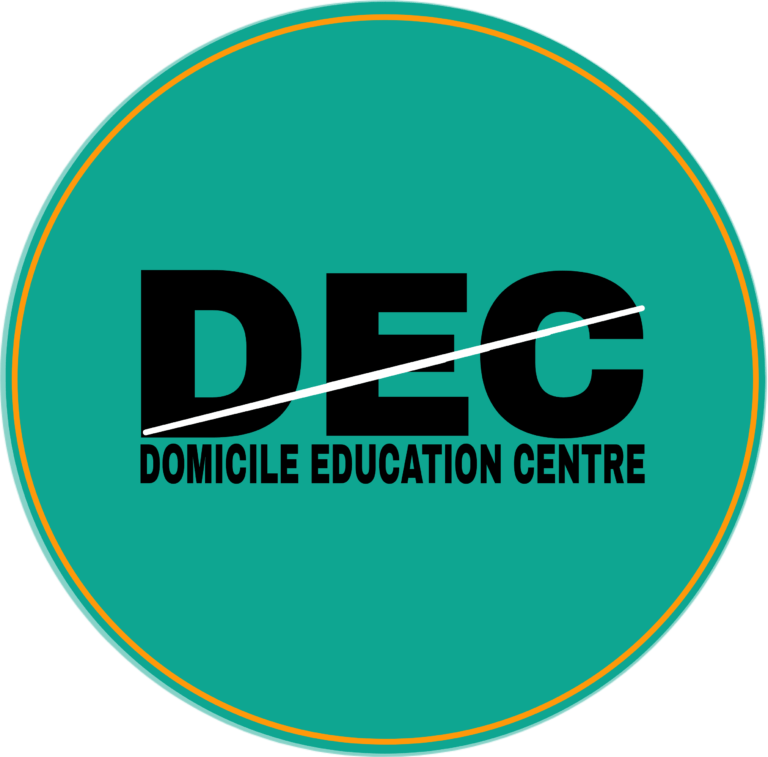
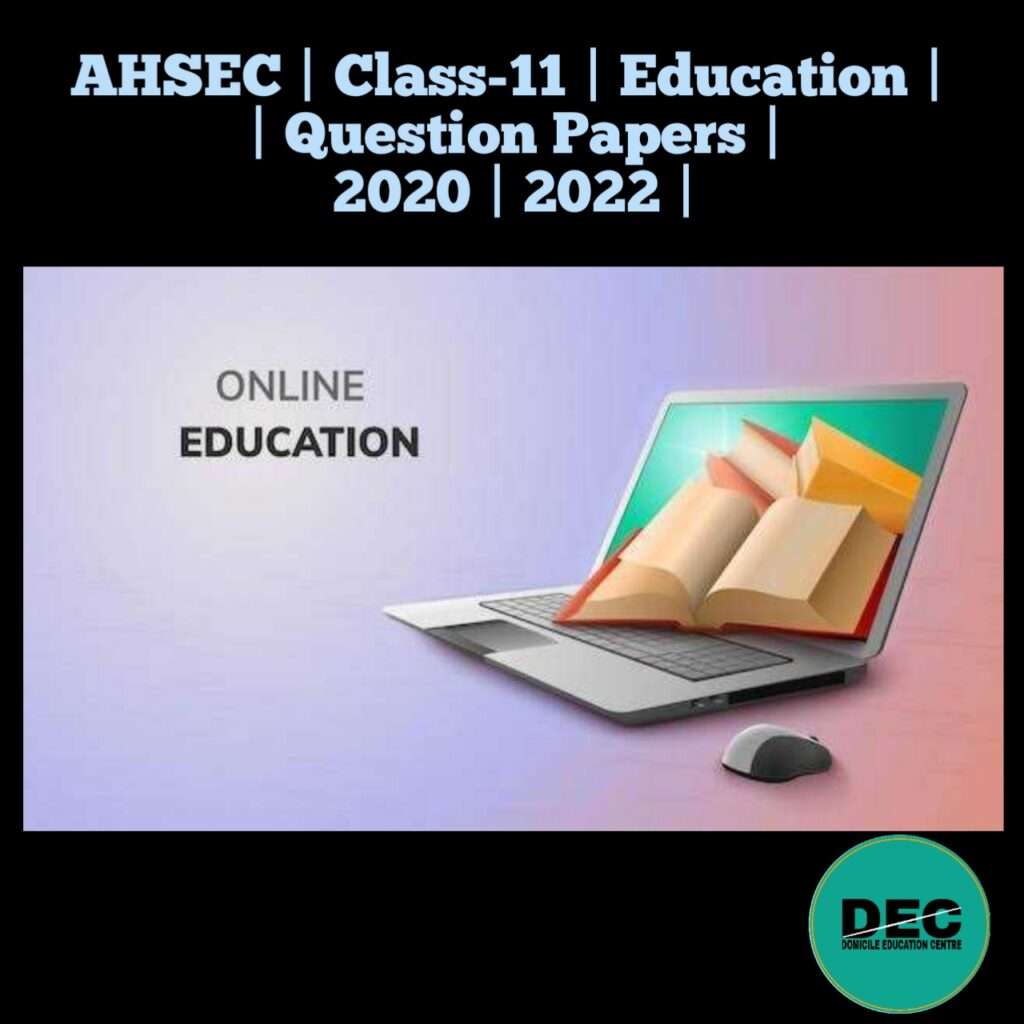

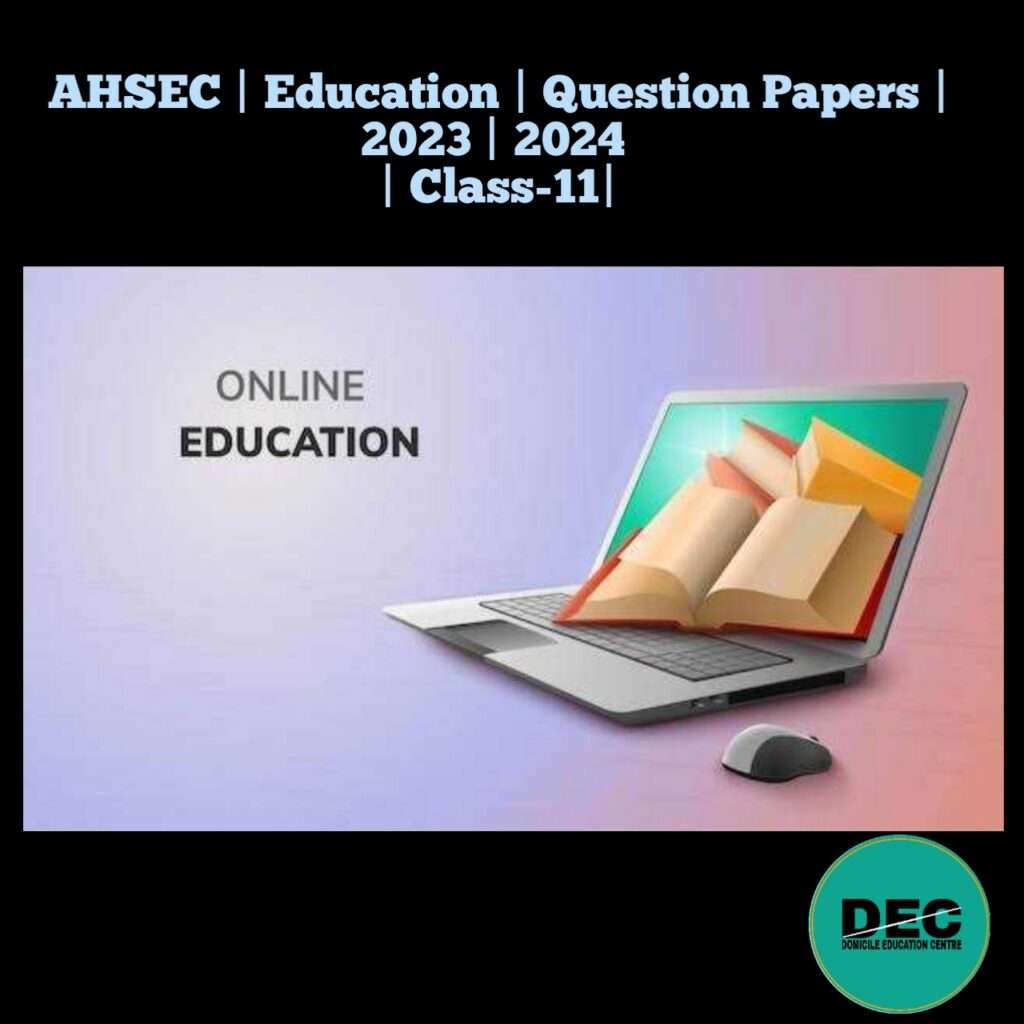
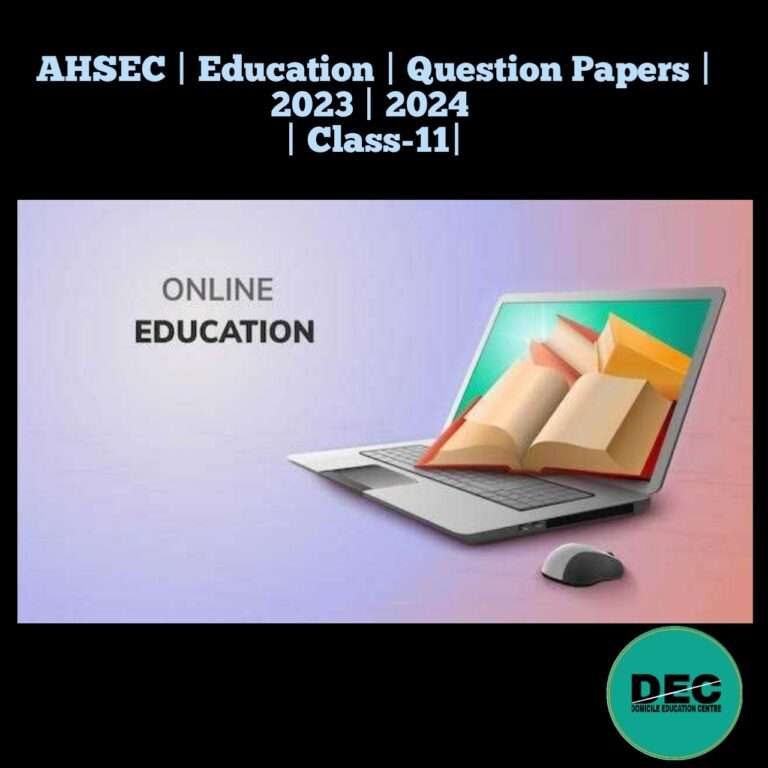
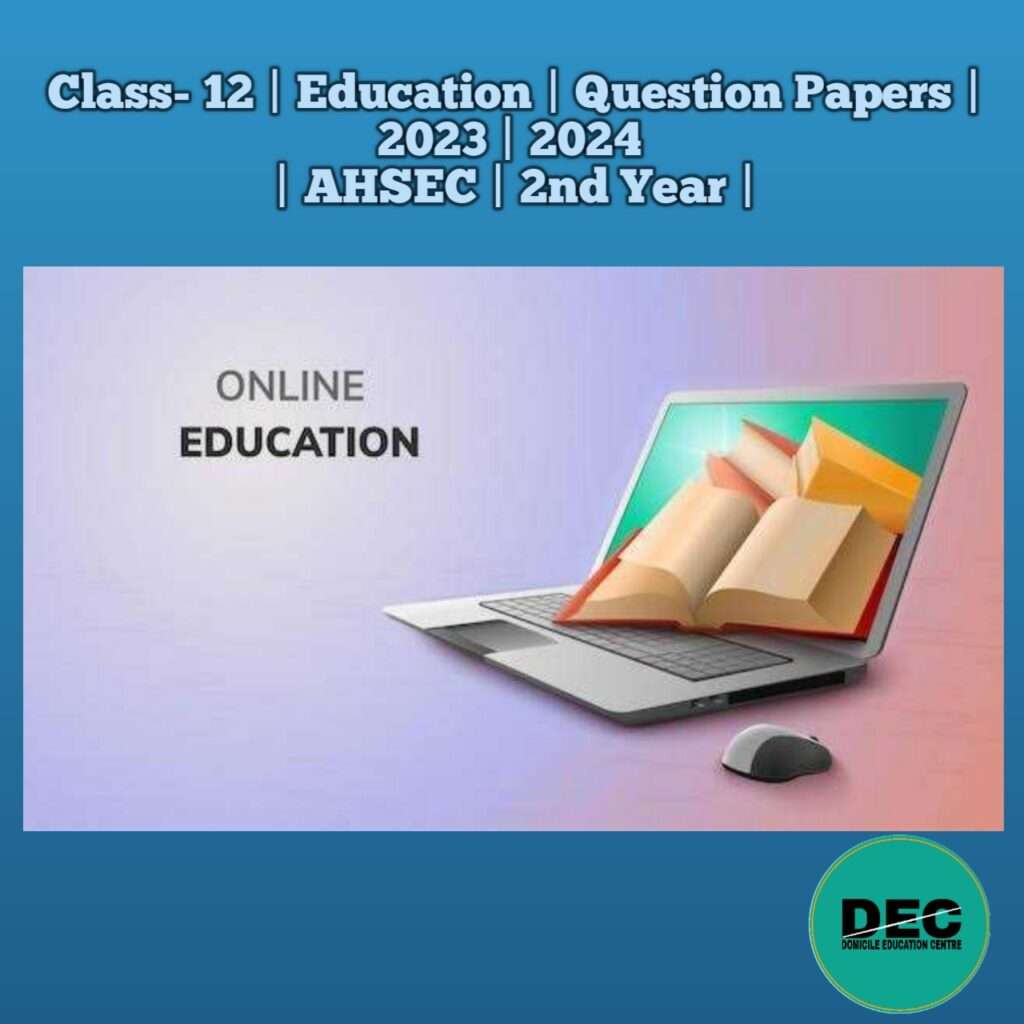
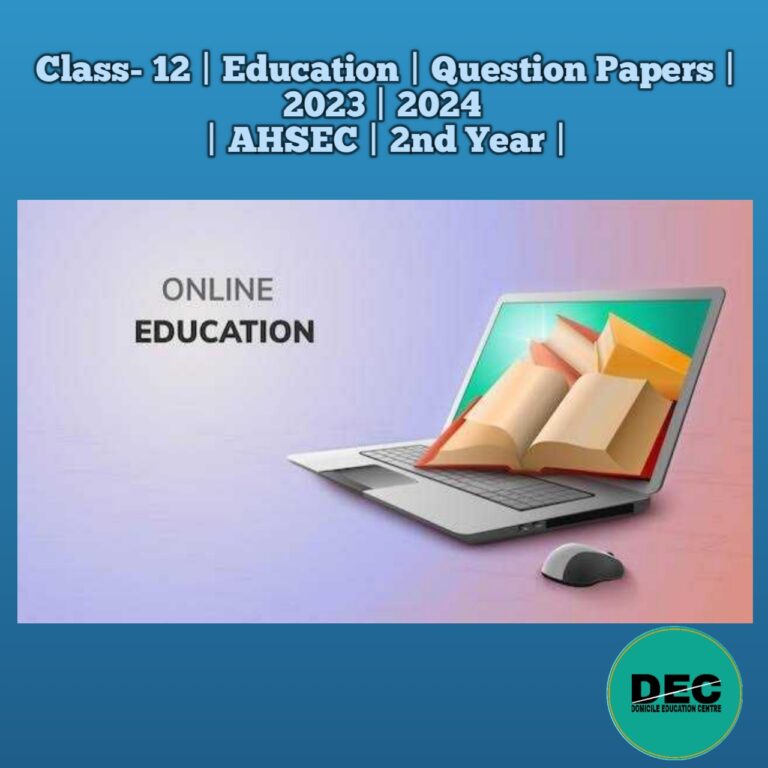
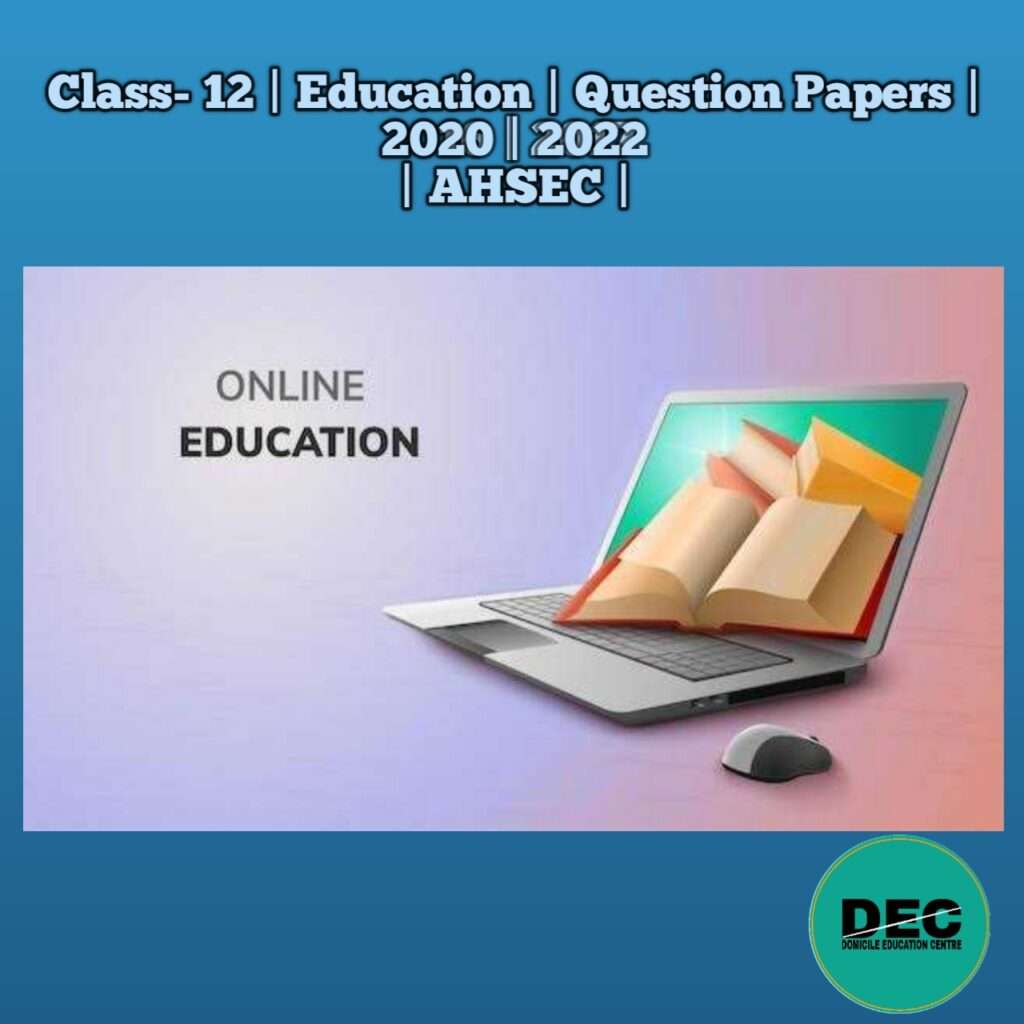
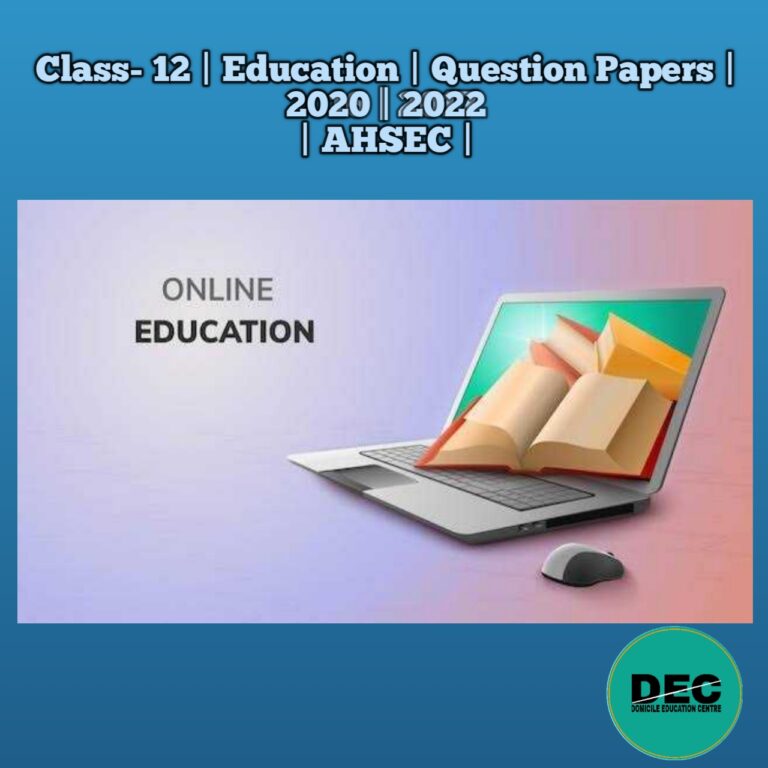
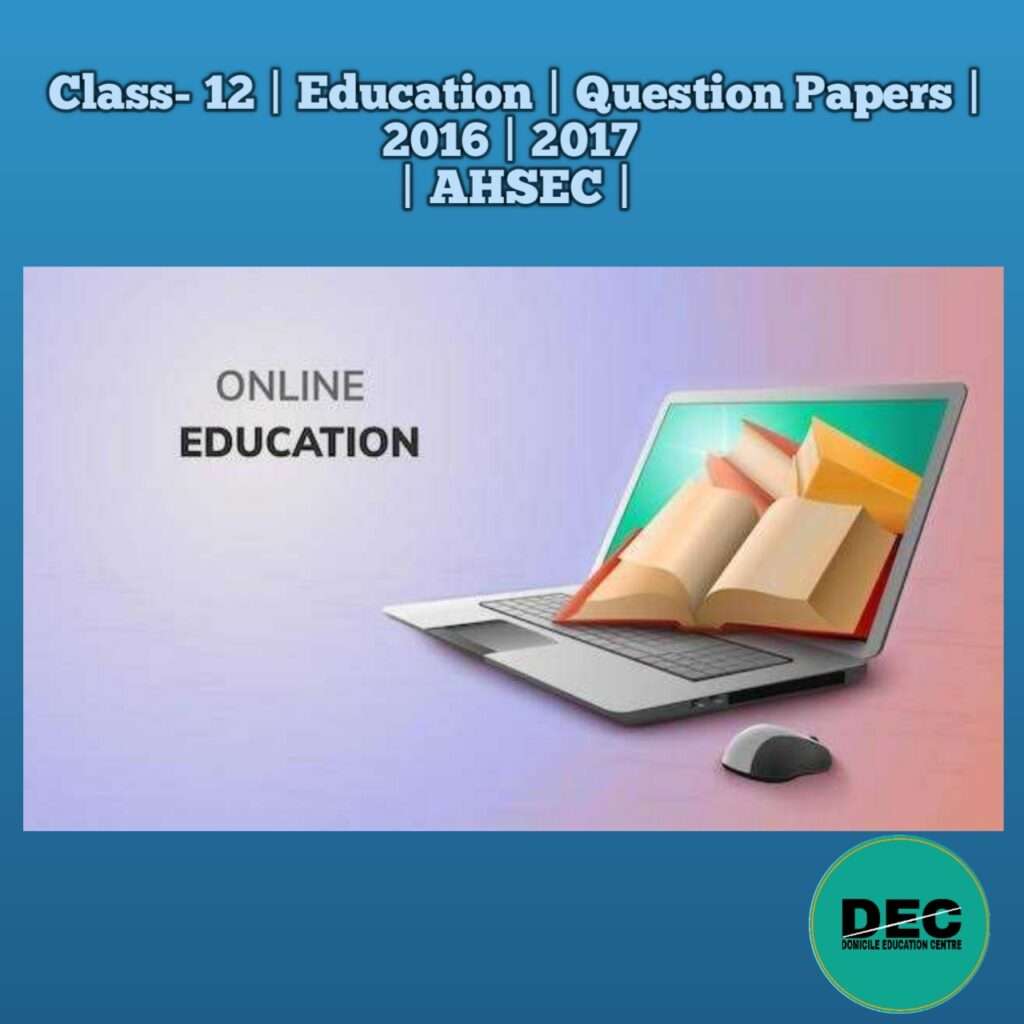

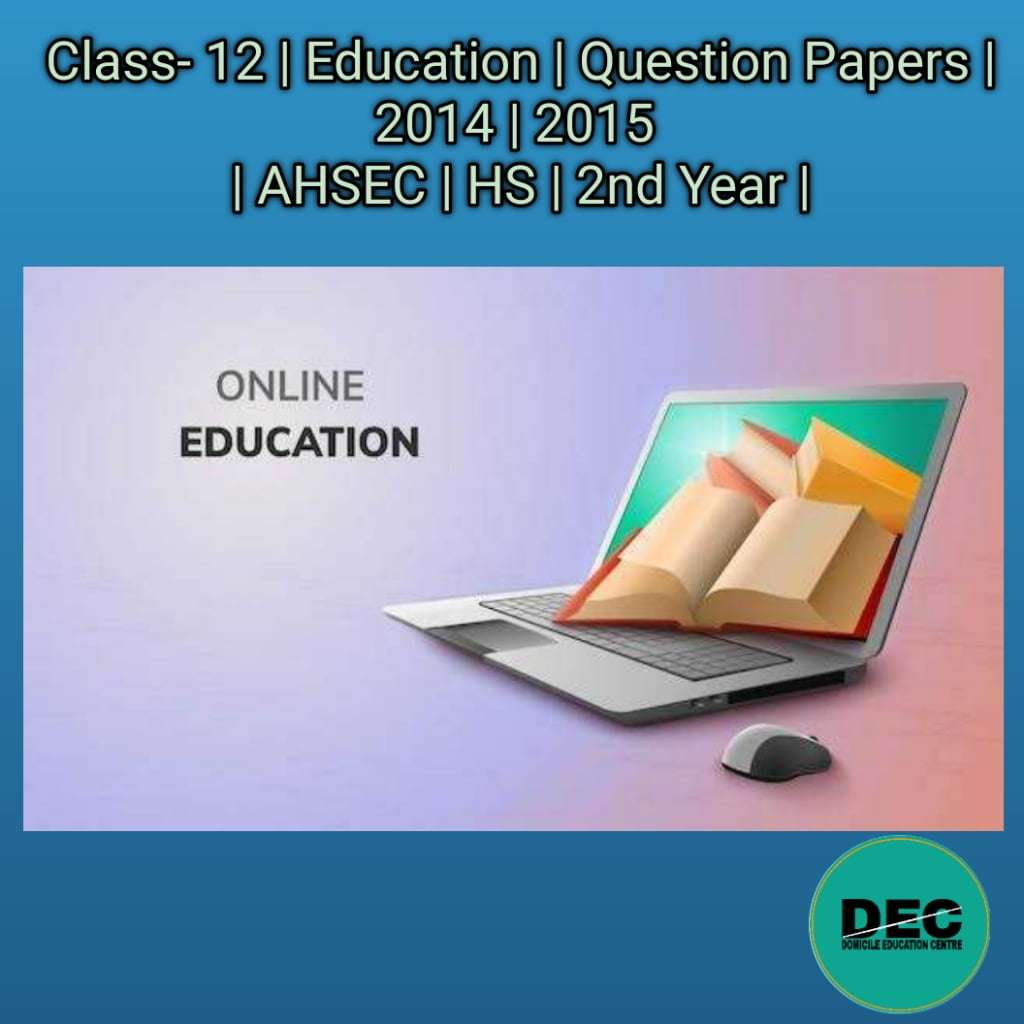
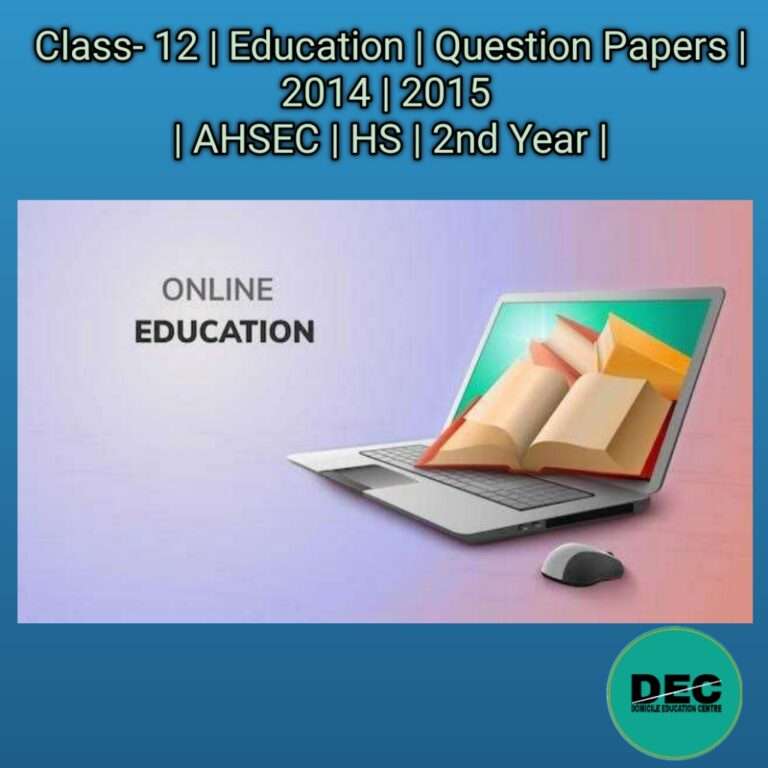
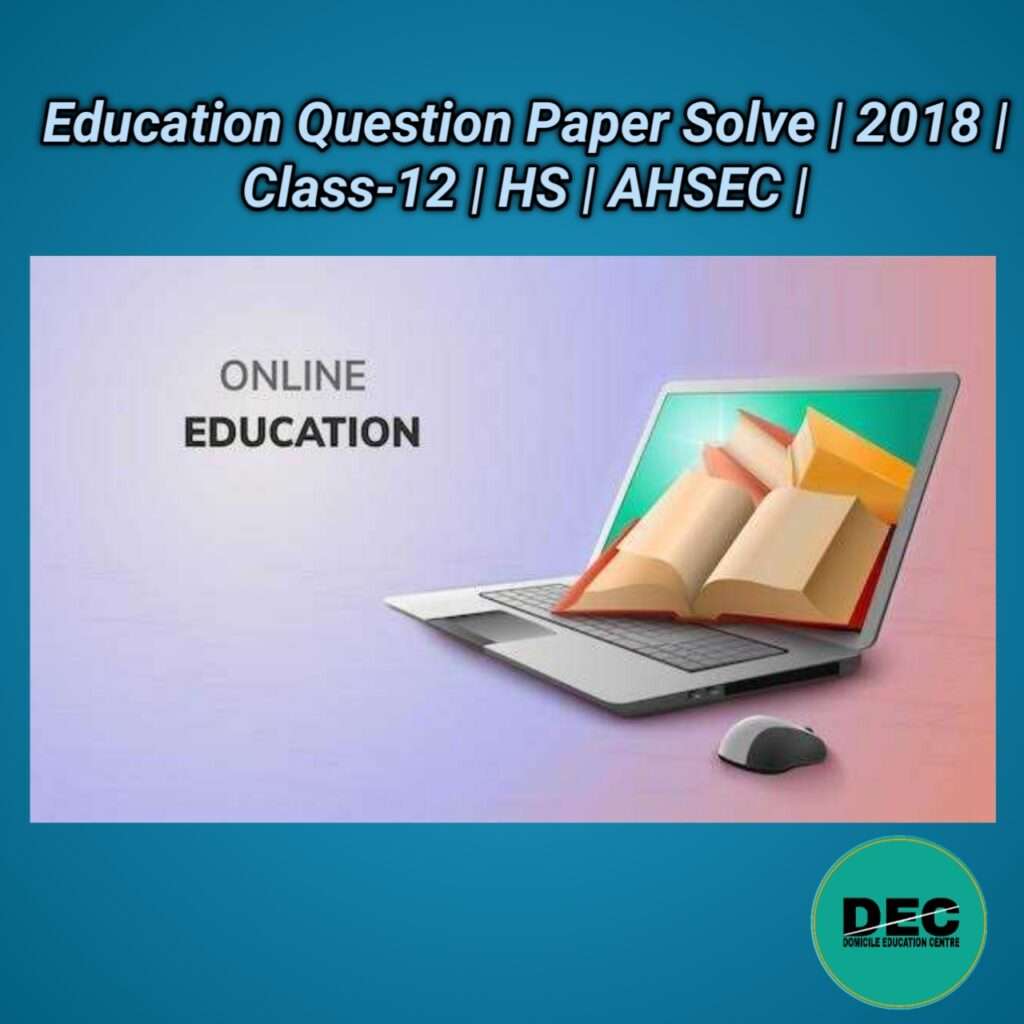
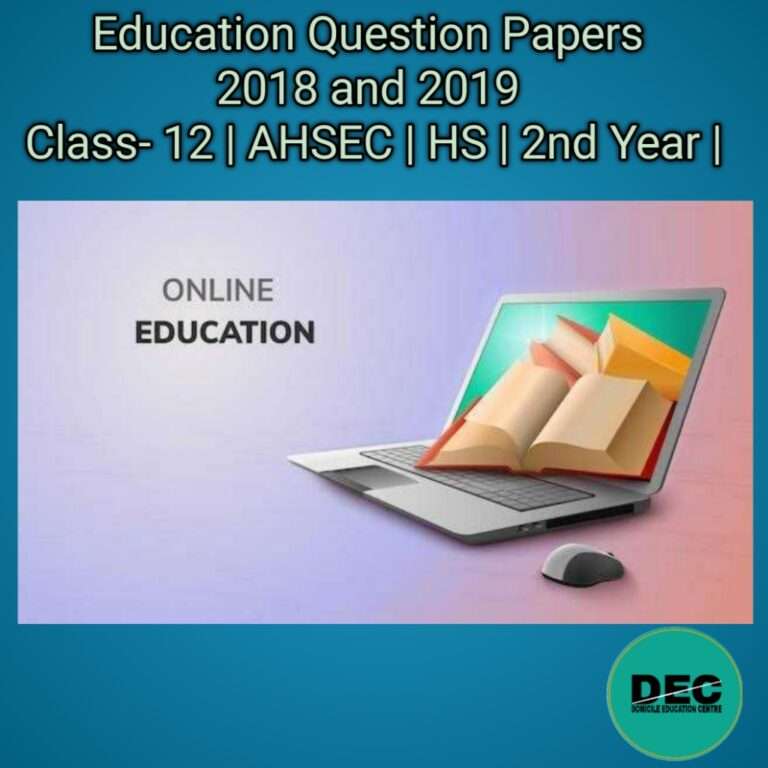
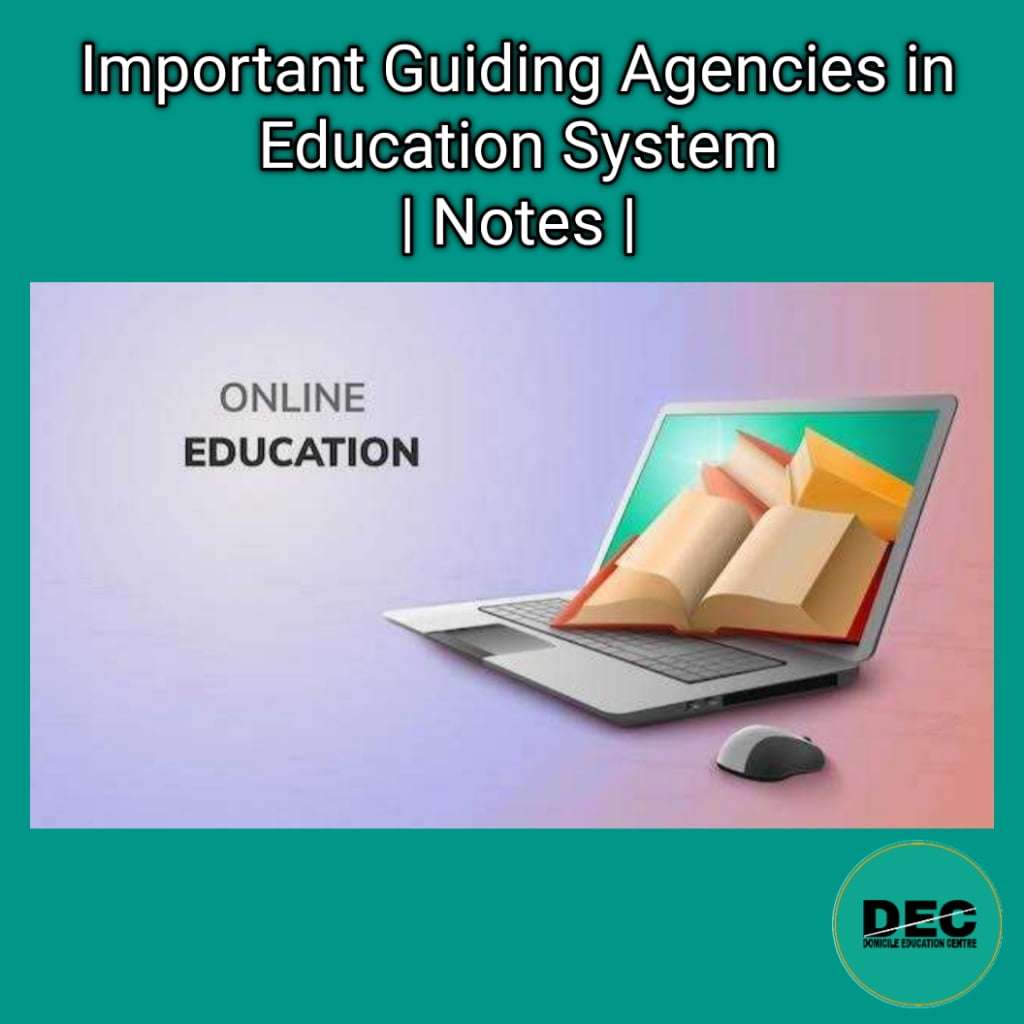
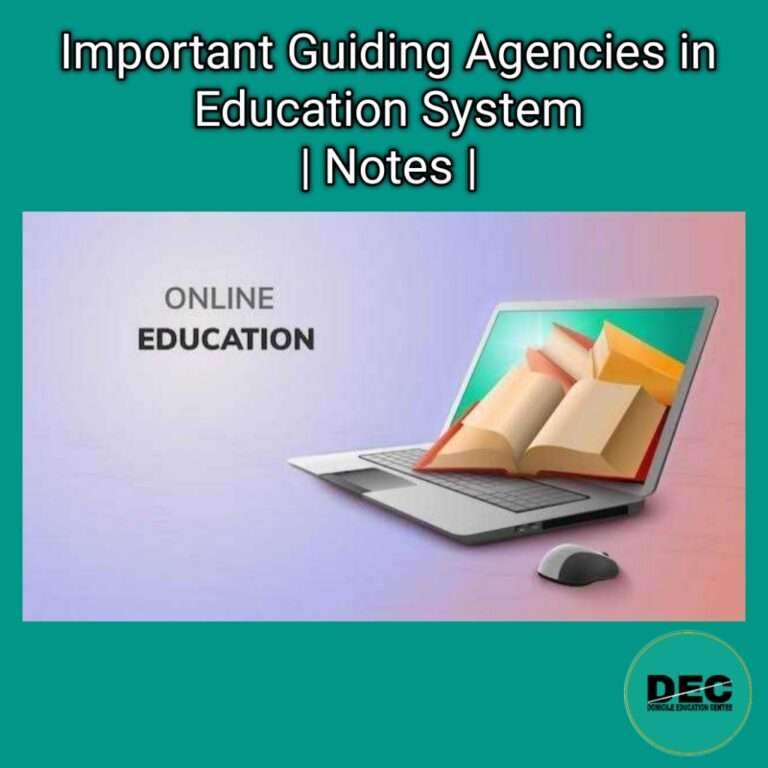
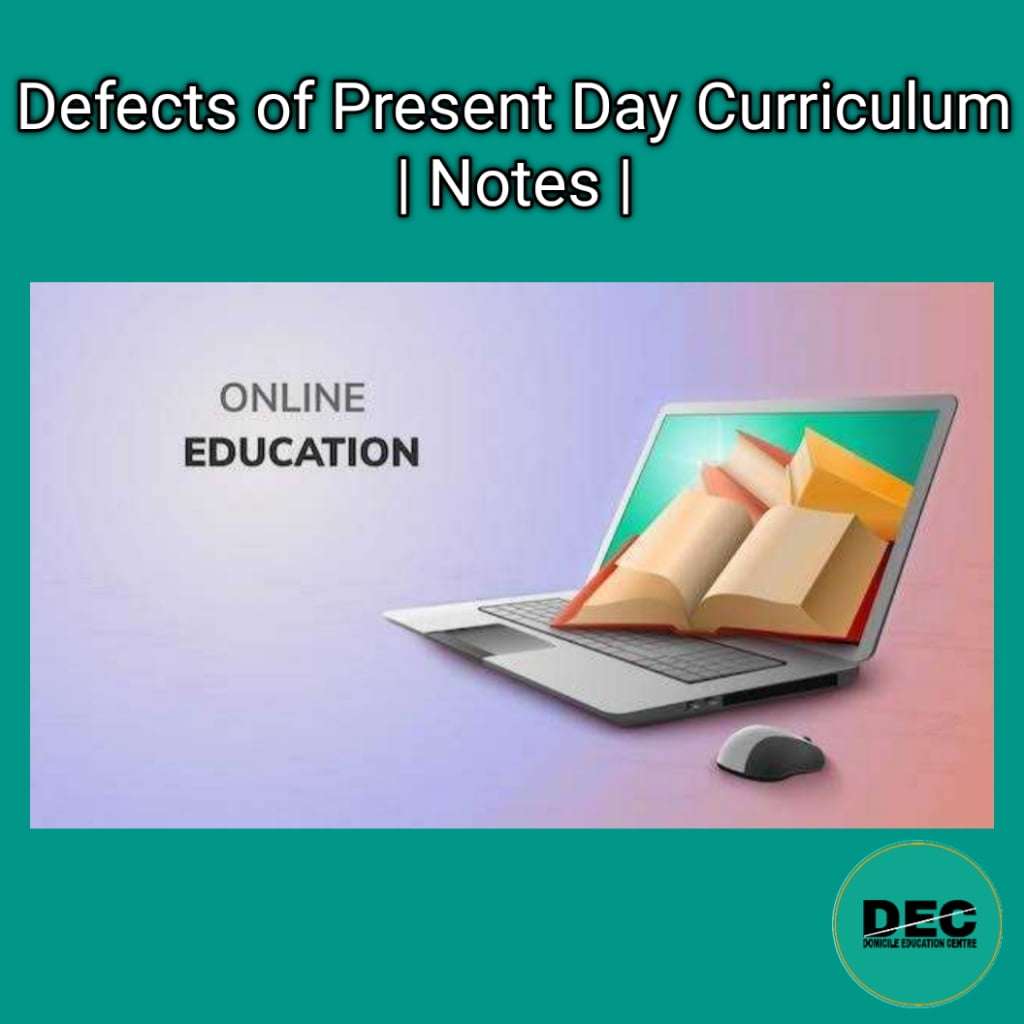
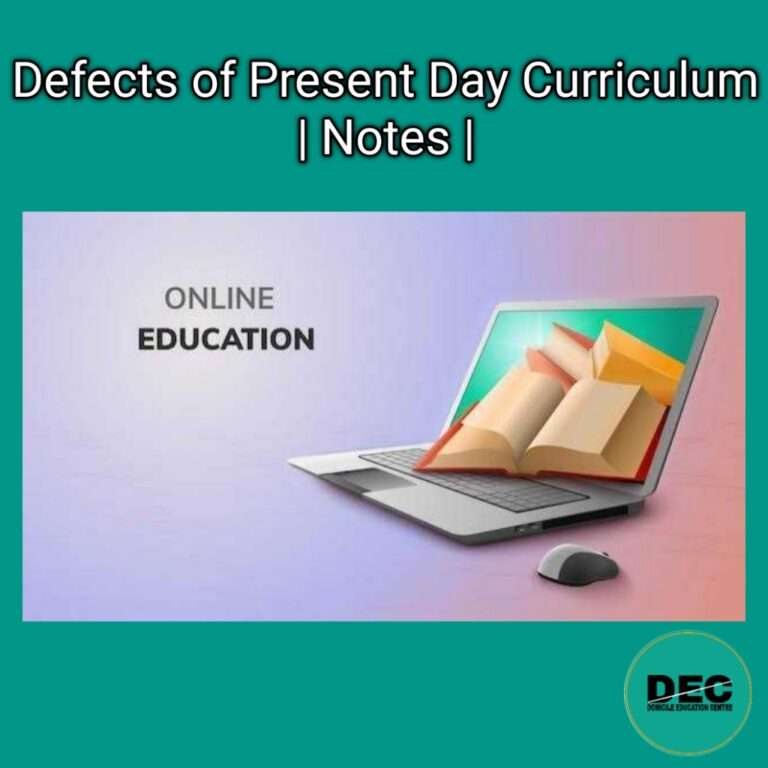

Recent Comments